Introducing… Singapore’s first Collaborative Prescribers!
Could you share with us about your career paths?
Sei Keng: I did my pre-registration training with the Pharmaceutical Department, MOH (Ministry of Health). Upon completion of training, I joined SGH (Singapore General Hospital). Between 2009 and 2013, I was seconded to the Chief Pharmacist’s Office.
Priscilla: My pre-reg training was done at TTSH (Tan Tock Seng General Hospital). After a few months of working there as a locum pharmacist, I left for Chicago to do my PharmD. I was there from 2001-2009, and returned to Singapore to join the NUS Pharmacy Department as a clinical faculty. I also have an associate appointment at NUH as a principal clinical pharmacist.
Boon Tat: I completed my pre-reg training in TTSH. I wanted to continue there because there were so many disciplines, and it was a very pleasant training experience. But they didn’t have a place for me. So I moved on and eventually went to IMH (Institute of Mental Health).
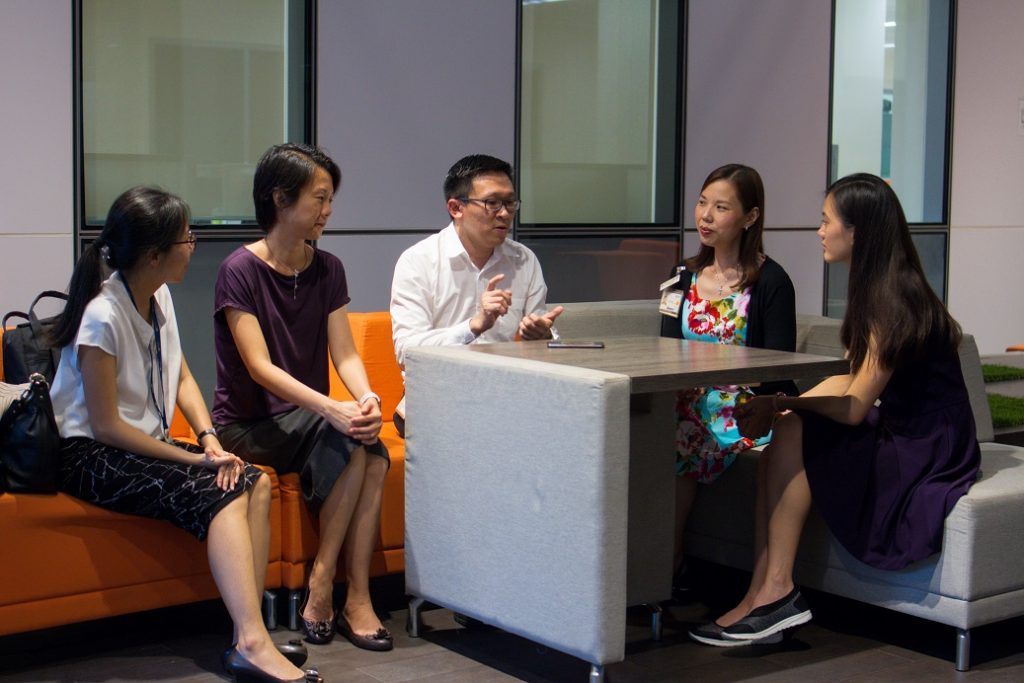
How did this Collaborative Prescribing Course add value to your practice as pharmacists?
Sei Keng: It sharpens my skills in the areas of history taking and communication. The course also covers physical assessment.
Boon Tat: We talk about “patient-centered care” all the time but in reality we often do “pharmacist-centered care”, and focus only on the pharmacotherapy. I think (the course) teaches us to treat the whole patient. There’s no such thing as a “pharmaceutical care plan” anymore; everything must be in one care plan now. Affordability, convenience… any reasons why the patient doesn’t want to take the medication, that must be in the care plan.
Priscilla: I currently work in a multidisciplinary setting with nephrologists to develop care plans for my patients. With the collaborative prescribing practitioner status, I will be able to practise with more autonomy and start prescribing medications for our patients. My scope is CKD (chronic kidney disease) and I’ll be starting a pharmacist-run anaemia management clinic where I can prescribe anaemia-related medications for CKD patients. Patients could come to us for CKD-associated complications, but if they also have other complaints such as gastric discomfort, we can investigate and determine if the problem can be managed by us or if it needs to be escalated to a physician. In the past, we would have to send the patient back to the physician for such matters, but now we are able to triage and see whether it requires escalation. It’s therefore about providing less fragmented care for patients.
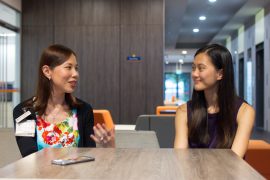
“It’s about providing less fragmented
care for patients.”
– Priscilla
Sei Keng: Your CPA (Collaborative Prescribing Agreement) determines your scope of practice and the drugs you can prescribe. Currently, I’m managing patients in the anticoagulation clinic. With the CPA, I can order other medications and laboratory investigations, without the need for countersignature from the doctor. This shortens the waiting time for the patient so it’s more efficient.
How will Collaborative Prescribing alter the role of advanced practice nurses (APNs) and pharmacists?
Boon Tat: Pharmacy practice has evolved over the years. Rather than just inventory management and dispensing, nowadays there is team-based care planning with doctors, nurses and patients/carers. This prescribing course prepares us to provide this level of direct patient care and shared decision-making. This is the evolution of pharmacy education. Collaborative prescribing will open up greater responsibilities for us… The weight on our shoulders now feels a lot heavier! With great power comes great responsibility, so the level of accountability goes up for us as well.
Priscilla: I think all these changes have been increasing the visibility of pharmacists and APNs to the professional community and to the public as well. I think many in the community are still unclear of what kind of services we provide to our patients. Slowly, more and more patients are going to see APNs and pharmacists for their medical problems. This will increase the accessibility of healthcare and medicines to patients.
Boon Tat: The life expectancy of Singaporeans is getting longer. Patients with long-term illnesses… their numbers will snowball. We cannot just rely on the medical doctors. We have to start planning and building up a future-ready workforce now. It’s about workforce re-development and job scope re-design. We have to start with ourselves, the pharmacists, and start sharing the caseload in chronic disease management.
Sei Keng: I agree with Boon Tat. I think in the end what really helps the patients is that care is no longer limited to doctors. With pharmacists and APNs on board, healthcare services and medications are more accessible to the patient.
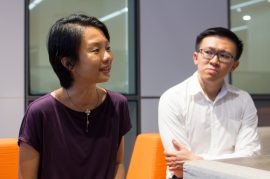
“Care is no longer limited to doctors.”
– Sei Keng
How will this impact pharmacy education for students?
Priscilla: This is probably one of the best times to be in pharmacy school. We now have faculty members who are able to teach students using their real-life experiences from a clinical setting, but we didn’t have that before. Also with inter-professional education (IPE), you’re already working with medical, dental, nursing and medical social work students right from the first year. When you go out and practice in the future, the barriers hopefully would already have been broken, and it will be so much easier to connect and work with each other.
Sei Keng: I think this is a very exciting time. Pharmacists are ramping up their skillsets to help gear ourselves up to meet the needs of the future. And with AI coming, how will our role evolve? In the end it still boils down to soft skills – to serve, to care, and to communicate. I think your curriculum now is more geared in this direction, so we will be able to serve the patients much better.
What advice do you have for students on working collaboratively with other professionals?
Priscilla: Different professions bring different things to the table. Our perspectives differ because we’re all trained differently. At the end of the day we’re not there to overshadow another profession but to complement each other. We must remember that the patient is the focus of this working relationship. We should not underestimate what each of us can do because we all add value in different ways and we can learn from each other. That’s a truly interprofessional kind of model.
Boon Tat: We have to accept that health management is increasingly collaborative and multidisciplinary. Nowadays, many other healthcare professionals are also checking patients’ medications… In pharmacy, we also need to know enough of the psychosocial aspects, such as what a social worker does and when to link patients to the right avenues for help. It’s no longer just pharmacists picking and dispensing pills in their basements. Those days are gone. Beyond 2020, that’s how it’s going to be. Beyond healthcare to health, beyond quality to value.
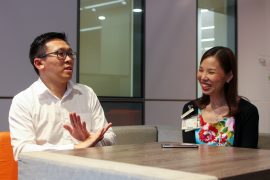
“We have to accept that health management is
increasingly collaborative and
multidisciplinary.”
– Boon Tat
To end this off on a light-hearted note, could you share any fond memories you had during undergraduate times that you miss?
Boon Tat: We can’t talk about our first love can we? *laughs* Back then, the pharmacy timetable was so tight so we only had one hour for lunch. I really value that one hour break because that’s when you really get together with your friends. In the past, my class size was only about 60 folks. We literally knew where everybody lived and who everybody was and that level of friendship is something that I miss.
Priscilla: The first thing that came to my mind was the claypot store with the long queues. The beef and liver claypot, and the egg one; that was very, very popular. I also remember in the mornings when we used to have classes in the seminar room next to the lift in block S1, we would come early and sit outside at the lift lobby and just… share with each other all the woes about student life. Oh, and we only had 6 guys in my class! Now it’s almost 50%! Guys were precious commodities back then.
Sei Keng: Remember we had rats in pharmacology class? We had to give them injections! So we colour coded all the rats (with highlighters) and made the guys inject the medications. *laughs*
Boon Tat: And also when carrying all the lecture notes! We had this system called the class rep, where you had to take the notes from the lecturer and the guys always carried the notes until they were all sweating. *laughs*
Sei Keng: I miss the lab practical! When we used the mortar and pestle we would pound very hard and our lecturer would say “This is not a kitchen, don’t pound! You’re supposed to grind!” *laughs*
Boon Tat: And when you get the floor wet, “This is not a toilet, don’t wet the floor!” We were so stressed in the compounding labs! *laughs* Yeah, those were the days.
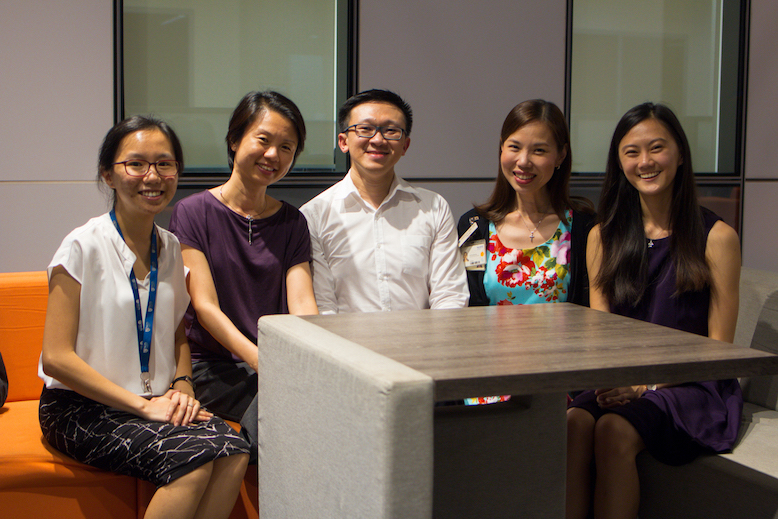
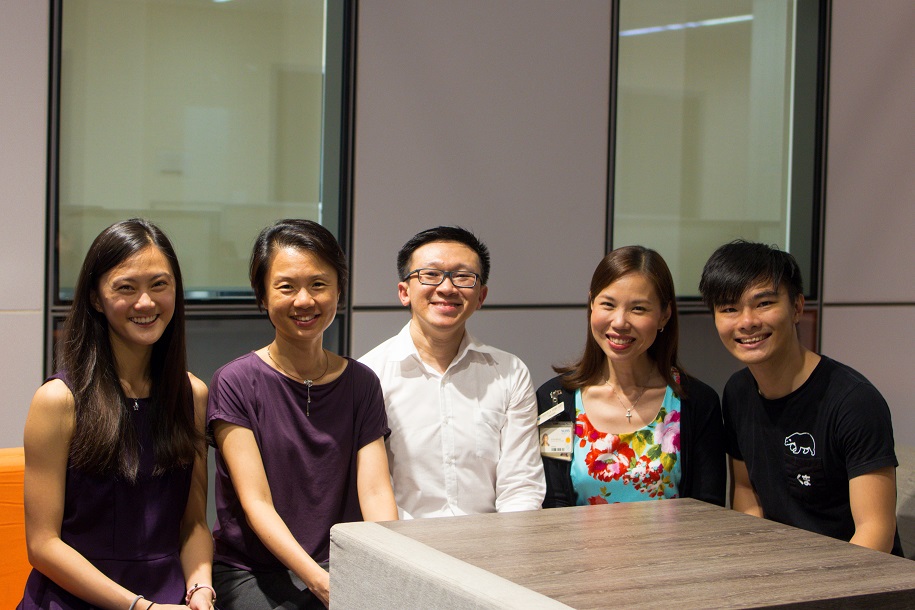
Article written by Angeline Lai (Class of ’19)
Photography by Chia Soon Keat (Class of ’19)
